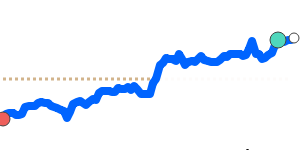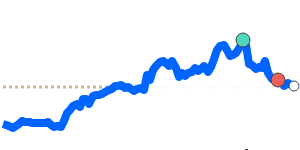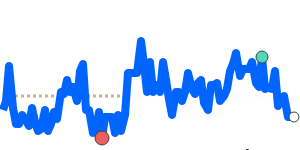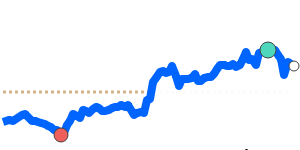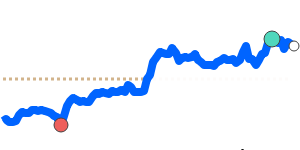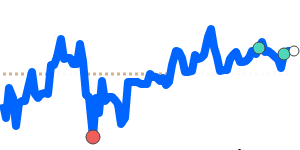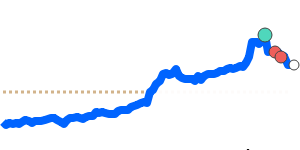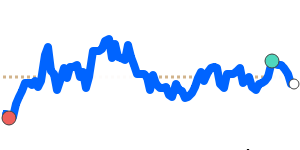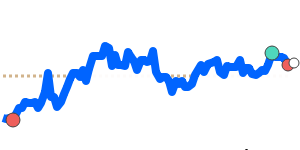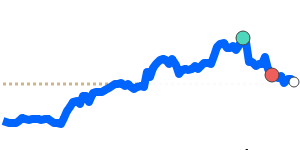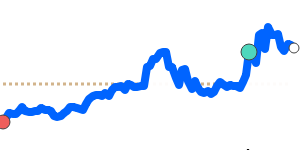The USD to SEK exchange rate is currently influenced by recent economic indicators and monetary policy expectations. The USD has experienced a notable decline, currently trading at 9.1579, which is approximately 2.7% below its three-month average of 9.4116. This dip can be attributed to a recent soft consumer price index (CPI) reading, which reported a drop in inflation from 3% to 2.7%. Analysts suggest that this inflation decrease might lead to aggressive monetary easing by the Federal Reserve in 2026, fostering a weaker USD outlook as traders adjust their expectations for future rate cuts.
Market sentiment continues to shift, with expectations that the Fed will begin implementing rate reductions as early as March 2026. While US economic data has shown mixed signals, including a resilient labor market, slowing growth indicators are contributing to downward pressure on the USD. Economists forecast that continued uncertainty regarding inflation and potential geopolitical events may keep the USD range-bound until clearer guidance from the Federal Reserve is available.
In contrast, the Swedish Krona (SEK) is impacted by the Riksbank's monetary policy, which recently cut its policy rate to 1.75%. This move aims to bolster economic activity amid a decelerating growth landscape. The IMF projects modest GDP growth for Sweden, with expectations of inflation stabilizing around the central bank's 2% target. However, as Sweden's economy faces low activity levels, the Riksbank's strategy of supporting growth through lower rates could limit any significant appreciation of the SEK against the USD in the short term.
Overall, the outlook for the USDSEK exchange rate indicates a continuation of the USD's weakness amid anticipated Fed rate cuts, while the SEK remains under the influence of the Riksbank’s accommodative policy stance. As these developments unfold, traders and businesses engaged in international transactions should stay informed about forthcoming US economic data releases and Riksbank communications to navigate potential currency fluctuations effectively.
